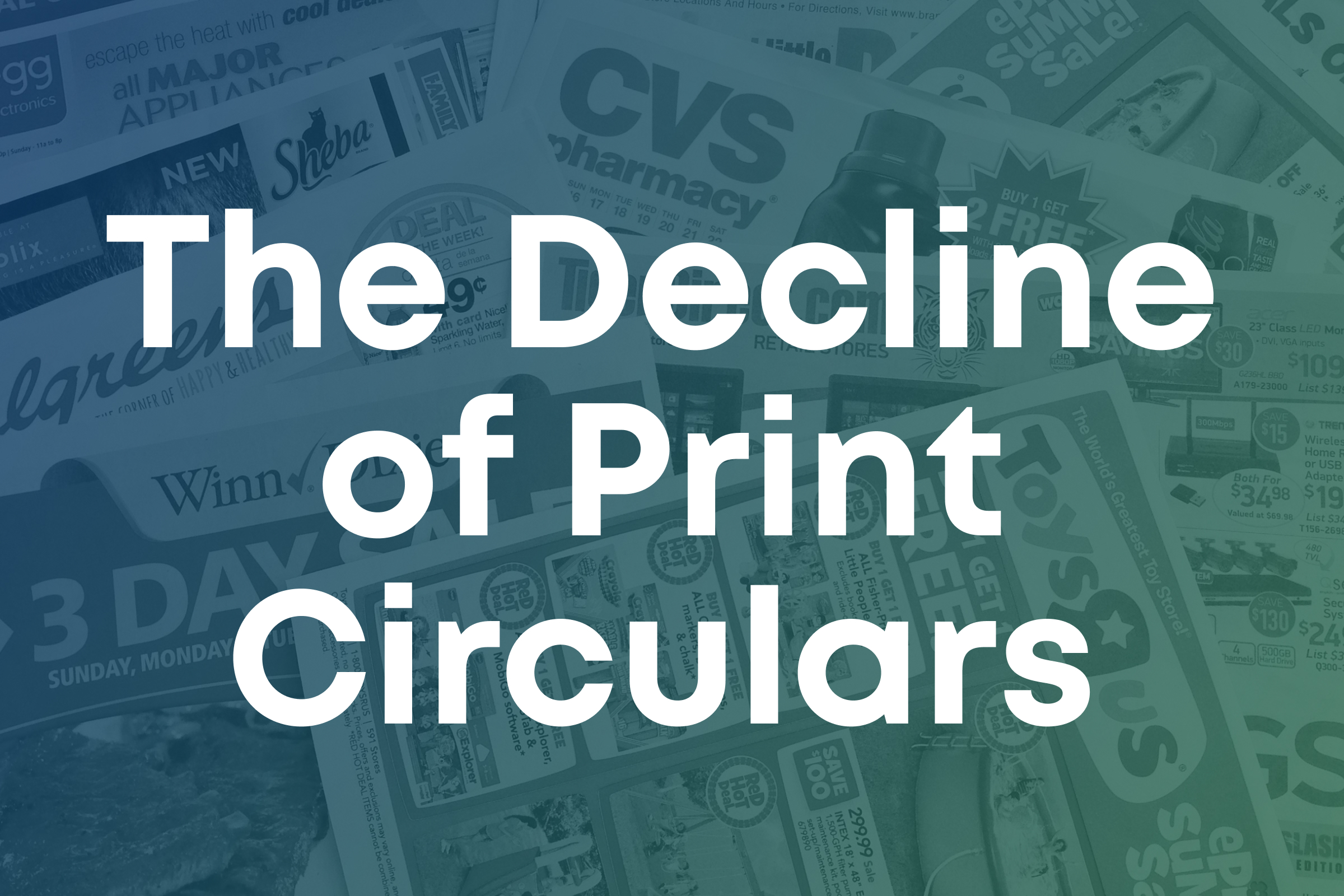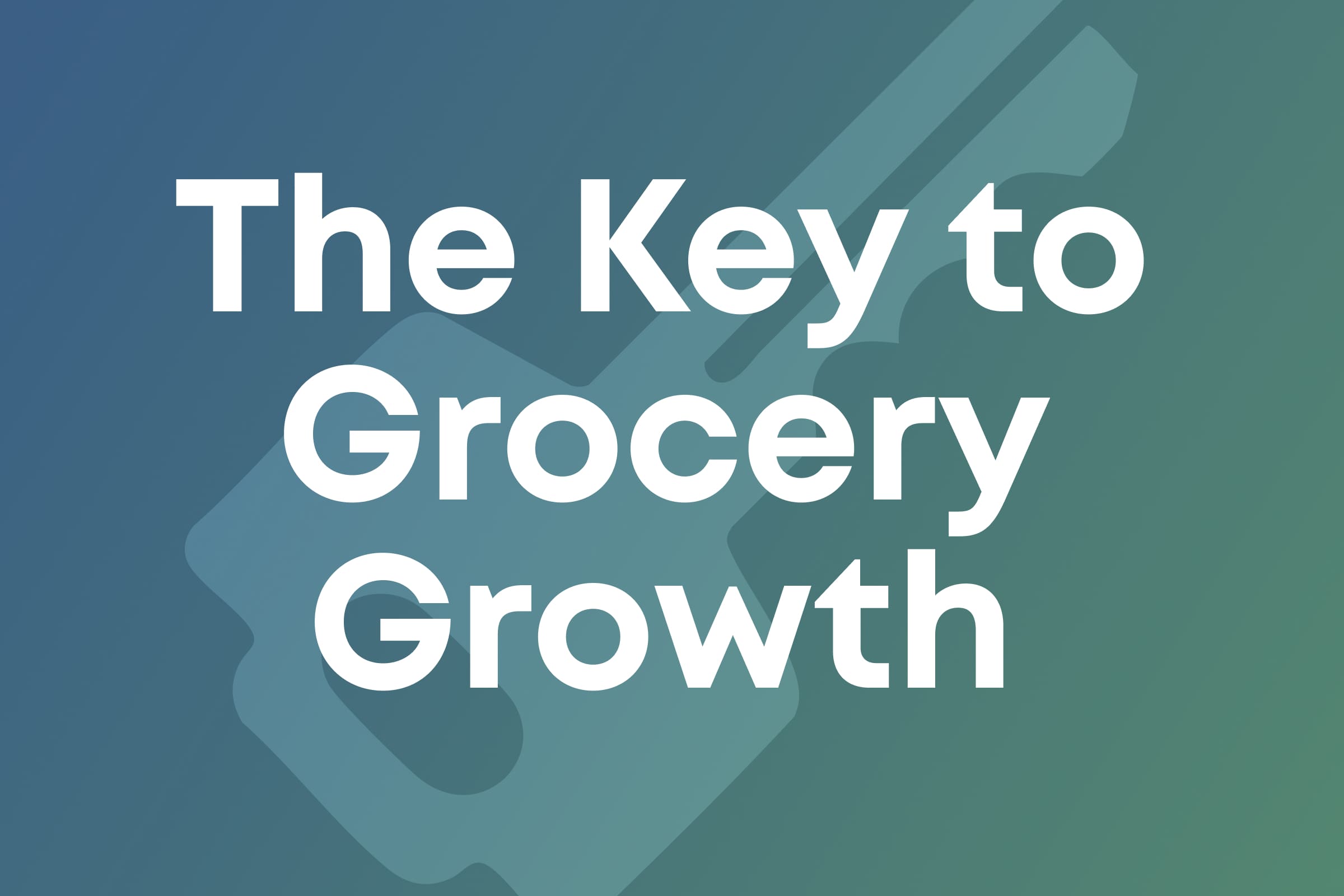5 Trends Shaping Digital Media
Sean Turner
Digital media has taken the world by storm, with upwards of 12.5 trillion hours spent online per year. At the beginning of 2022, total global internet users climbed to 4.95 billion, and average time spent online rose to 6 hours and 59 minutes per day. With this steady increase of internet usage worldwide, it’s no wonder that the role of connected devices has shifted from luxury to lifeline, and acutely impacts how users consume information and make purchasing decisions.
Though the retail industry has proven its ability to digitally adapt in the past two years, it's critical for retailers to continue to understand how to effectively identify, establish, and own the buyer journey as digital connection expands. And despite the e-commerce boom as a result of the pandemic, physical retail is still going strong, with more than 90% of purchases taking place in-store. So, how can retailers effectively combine the online and in-store experience to really own the shopping journey?
In order to survive and grow in today’s ever-changing digital landscape, it’s crucial for retailers to adapt to key industry trends. Let’s dig in.

Prioritize Personalization
You’ve likely heard the term personalization, as its importance in the buyer’s journey continues to climb. However, personalization looks very different today than it did in the early 2000’s, and has become a key ingredient to remaining relevant in increasingly saturated marketplaces. While in the past personalization was simply including the customer’s name in an email campaign or text, personalization today means crafting messages, offers, and experiences that resonate with a consumer’s unique profile. In fact, customers expect that level of personalization; 70% of consumers say they will purchase exclusively from brands that show that they understand their personal needs and preferences.
Using first-party data and analytics, retailers can offer personalized touch points throughout the entire customer journey, such as reminding shoppers of items they browsed but didn’t buy, showing customized ads and promotions based on past purchases, talking to customers when they are in shopping mode through email and push notifications, offering loyalty rewards, and more. By engaging in an ongoing dialogue with consumers, brands can cultivate a clear picture of what their audience wants, and consumers can better allocate their time and money. Most importantly, investing in robust personalization efforts will improve customer retention by building loyalty and increasing brand affinity—and in turn bolstering sales.
Identify and Leverage First-Party Data
Previously, the ongoing demand for personalization led marketers to heavily rely on cookies to get to know their audience. However, in August 2019 Google announced its plan to phase out third-party cookies due to growing concern about potential privacy risks, as third-party cookies can be shared without authorization and can include personally identifiable information. In order to continue to leverage consumer data, retailers are making the switch to first-party data, or data that’s exclusively harnessed from their own media platforms.
By collecting data from their own platforms only, retailers get accurate and precise information about shoppers and prospects that are already utilizing their platforms—which they can then use to show personalized ads, offer customized promotions, and more. Additionally, because this data is owned exclusively by the company collecting it, it’s both safer for the consumer while giving you unique insight and an important competitive advantage.
Take a Mobile First Approach
The rise of smartphones has drastically impacted internet usage worldwide, enabling 24/7 internet access for an increased number of users. With the typical mobile user spending an average of 4 hours and 48 minutes per day using their phone, and app usage accounting for 92.5% of that time, more brands are opting for a mobile-first approach to increase customer reach and engagement.
By building a user-friendly mobile app, retailers can build brand loyalty by gaining critical data insights and customizing the user experience in ways that aren’t available on the web. They can also leverage their mobile app to enhance the in-store experience, drive traffic and increase basket size—all leading to higher annual spend. For example, apps enable retailers to offer unique promotions through push notifications, such as exclusive in-store deals. Consumers can also use a mobile app to search for available in-store products. Additionally, apps help retailers identify new revenue channels, such as offering the option of upgrading to a premium service.
Integrate Loyalty Programs
Loyalty programs are extremely powerful tools to increase revenue and build brand loyalty. In fact, top-performing loyalty programs can boost revenue from customers who redeem points by 15 to 25 percent annually, by increasing either their purchase frequency, basket size, or both.
However, loyalty programs go far beyond offering a sweet deal to excited shoppers. Like in every other aspect of retail, shoppers’ expectations have risen, and integrating these programs into the entire customer experience is key. With access to relevant and accurate customer data through customer loyalty programs, brands can increase personalization and target tailored rewards to individual consumers. Additionally, by incorporating features like alternative payment methods and premium options that include additional features, customers are likely to feel that all their needs are being seen, heard, and met.
Connect E-commerce and In-store Experiences
Though many retailers have adopted a multichannel approach, omnichannel takes it a step further. Instead of having physical and online operations siloed into separate channels, an omnichannel approach aims to provide customers with a seamless shopping experience from any channel—whether that be a desktop, mobile device, or an in-person brick and mortar store.
By connecting purchase options into one cohesive experience for the customer, retailers can increase revenue by building loyalty, improving customer data, and increasing their reach. For example, an in-store purchase can send rewards points directly to the customer’s app, and customers can receive push notifications about a certain product after browsing it on the website. Omnichannel shoppers have a 30% higher lifetime value than those who shop using only one channel, as this approach empowers brands to reach customers at every touchpoint of the buying experience.
Upgrade Your Strategy
These trends are defining the future of digital media, giving retailers a significant opportunity to compete against big e-commerce giants. Use this information to help drive future strategy—or even better—get started right away with Swiftly.
Swiftly provides a simple out-of-the-box model to get you started quickly, including a retail platform, mobile platform, retail media, and insights and analytics – without the need to hire a team!
Future-proof your digital media strategy. Partner with Swiftly and get access to the platform and solutions you need to help you thrive and compete in today’s digital world.




